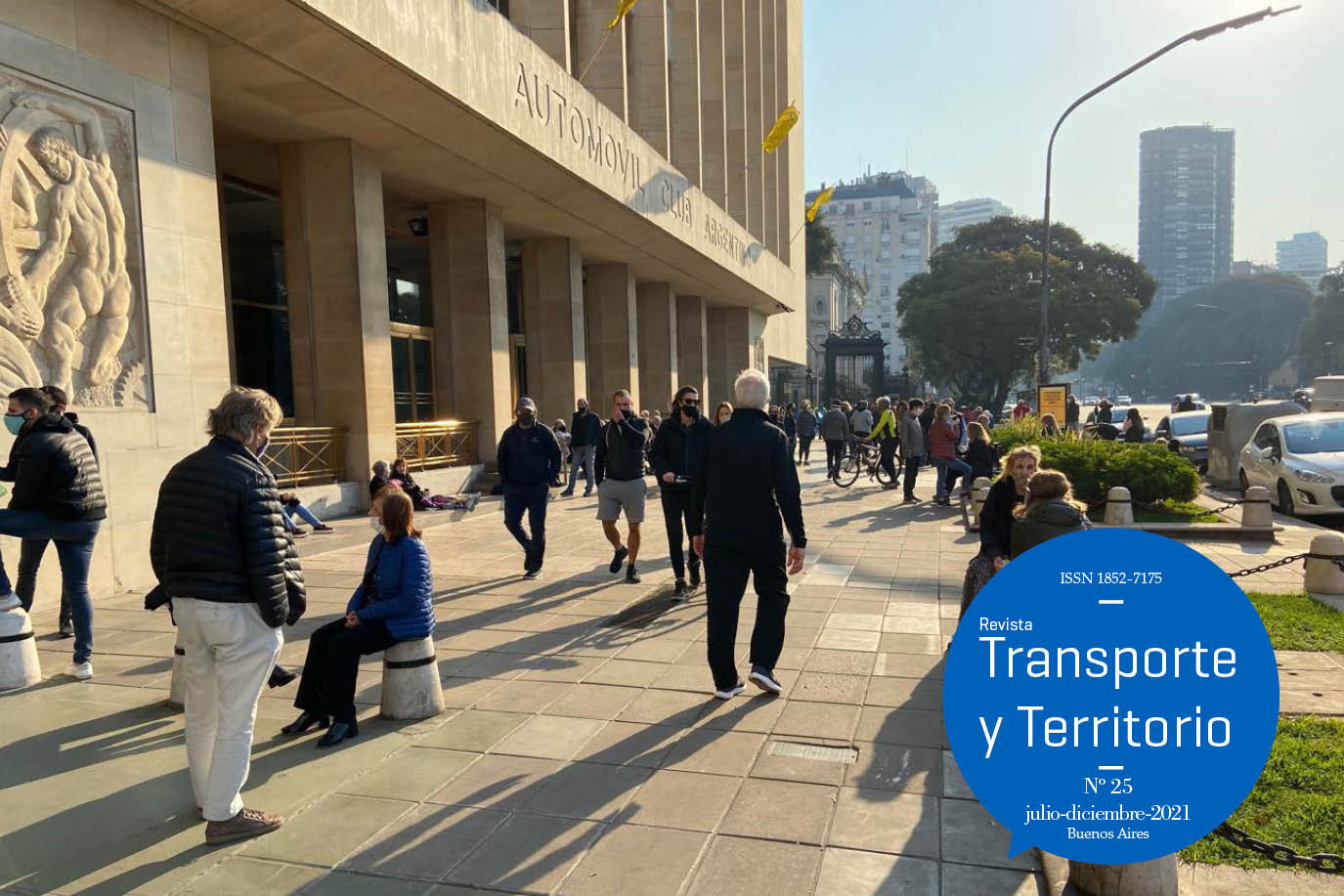The dynamism of Mendoza Dry Port in the context of the Central Bioceanic Corridor
Keywords:
logistics, regional integration, economic history, primary customs zone
Abstract
In the extensive geography of Latin America and, specifically, in the Southern Cone there is a challenge for the integration of the Atlantic and Pacific seaports: The Andes mountain range. From the Panama Canal to the Strait of Magellan, there is no geographical linkage in operations such as those enabled by the Central Bioceanic Corridor. It is the main link of a huge economic location that needs to be examined. Therefore, the article proposes an exploratory study of the port activity of Mendoza, concentrating on the process of economic revitalization after the authorization of the Dry Port. This first customs zone was created in 1986 by the joint action of the provincial State and the private sector, represented by the Mendoza Stock Exchange. The central hypothesis that guides this study maintains that the dynamism of Mendoza Dry Port is subordinated to the processes of accumulation of capital embodied in national social formations, but with the incidence of local power factors. The methodological strategy is the historical case study, and the research techniques are especially qualitative. The approach to the dynamics of the Mendoza dry port was a reconstruction task based on literary and journalistic sources that reflect the debates of the time. The main conclusion is the preeminence of economic activities that achieve a solid construction of hegemony to the detriment of those that do not enjoy this support.Downloads
Download data is not yet available.
Published
2021-11-30
How to Cite
Jofré, J. L., & Ferreyra , M. A. (2021). The dynamism of Mendoza Dry Port in the context of the Central Bioceanic Corridor. Revista Transporte Y Territorio, (25). Retrieved from http://revistascientificas.filo.uba.ar/index.php/rtt/article/view/10963
Section
Artículos

1.jpg)

3.png)























